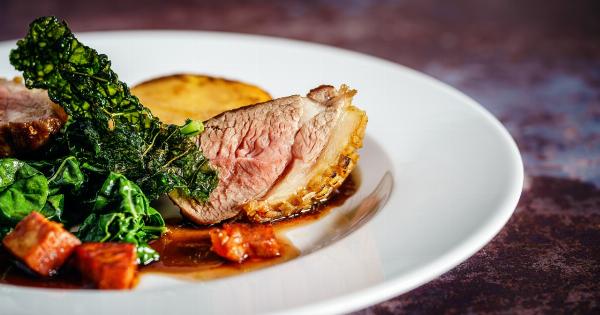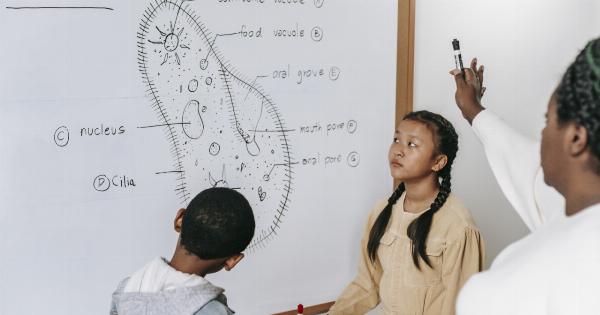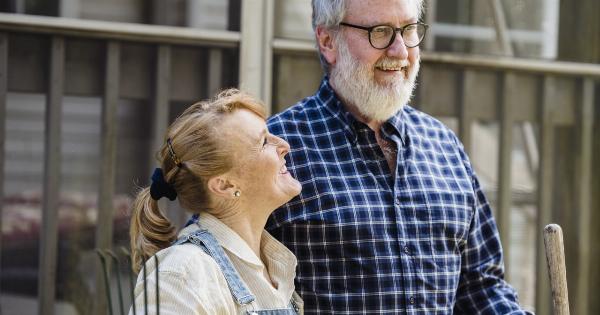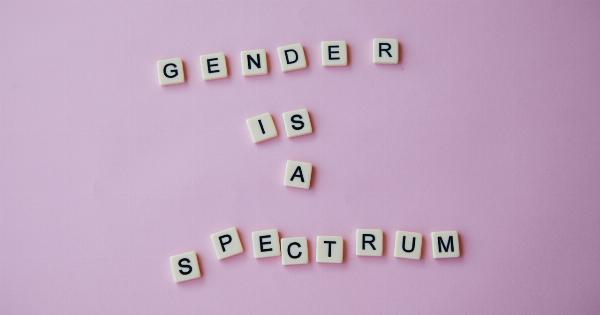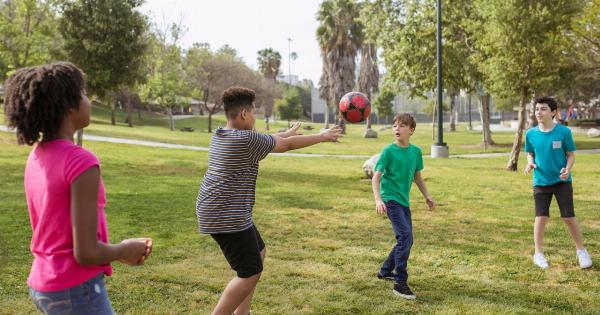Age has always played a crucial role in shaping relationships and romantic connections. However, when it comes to erotic partners, the influence of age preferences becomes even more prominent.
It is a topic that has sparked both curiosity and controversy over the years, with numerous studies conducted to shed light on whether men and women have different age preferences for their erotic partners. In this article, we will explore this fascinating subject and delve into the factors that may contribute to differing age preferences.
The Evolutionary Perspective
To truly understand the dynamics of age preferences in erotic partners, we must delve into the evolutionary perspective.
Evolutionary psychologists argue that men and women have inherently distinct reproductive strategies due to the differences in reproductive costs and potential benefits.
Men: The Concept of “Reproductive Fitness”
From an evolutionary standpoint, men are believed to prioritize youth and physical attractiveness in potential partners.
This preference stems from the concept of “reproductive fitness.” In other words, men are subconsciously driven to seek partners who possess traits that maximize their reproductive success.
Women: The Importance of Resources and Stability
On the other hand, women prioritize factors such as resources, social status, and stability in potential partners.
This preference is rooted in the need for a reliable and supportive partner who can provide for both the woman and any potential offspring.
Age Preferences in Men
Studies have consistently indicated that men tend to prefer partners who are younger than themselves. This preference is partly rooted in the evolutionary perspective mentioned earlier.
A younger partner is associated with greater fertility and the potential to produce healthier offspring, increasing a man’s chances of passing on his genes.
Moreover, youth is often associated with physical attractiveness, vitality, and a higher level of energy. These attributes can be enticing for men seeking partners for erotic relationships.
Age Preferences in Women
Research suggests that women generally prefer partners who are slightly older than themselves.
This preference aligns with the evolutionary perspective, as older partners are more likely to possess the desired characteristics of stability, resources, and social status.
Additionally, an older partner may be perceived as more mature and experienced, qualities that could translate into better support and guidance within the relationship.
Societal Influences
While evolutionary perspectives provide insight into the fundamental drivers of age preferences, societal influences and cultural norms also play a significant role.
In some societies, especially those with strict social norms and gender roles, age gaps between partners are encouraged or even expected.
Such cultural factors can shape individuals’ age preferences and influence their choices when it comes to selecting erotic partners.
Changing Dynamics
It is essential to acknowledge that age preferences are not fixed and can vary across individuals and cultures. Moreover, as societal norms and expectations continue to evolve, so do age preferences in relationships.
In recent years, we have witnessed a gradual shift towards more liberal attitudes regarding age gaps in relationships.
Age is becoming less of a determining factor, and partners are now evaluated based on compatibility, emotional connection, and shared interests, rather than solely on age.
Conclusion
While men and women may have different age preferences for their erotic partners, these preferences are influenced by a combination of evolutionary factors and societal influences.
Men predominantly seek younger partners, driven by the desire for reproductive fitness and physical attractiveness.
Women, on the other hand, tend to prioritize stability, resources, and social status, often leading to a preference for slightly older partners.
However, it is crucial to recognize that age preferences are not universal, and individual variations exist.
As social norms continue to evolve, the importance of factors such as emotional connection and compatibility in relationships is gaining prominence alongside age preferences.












